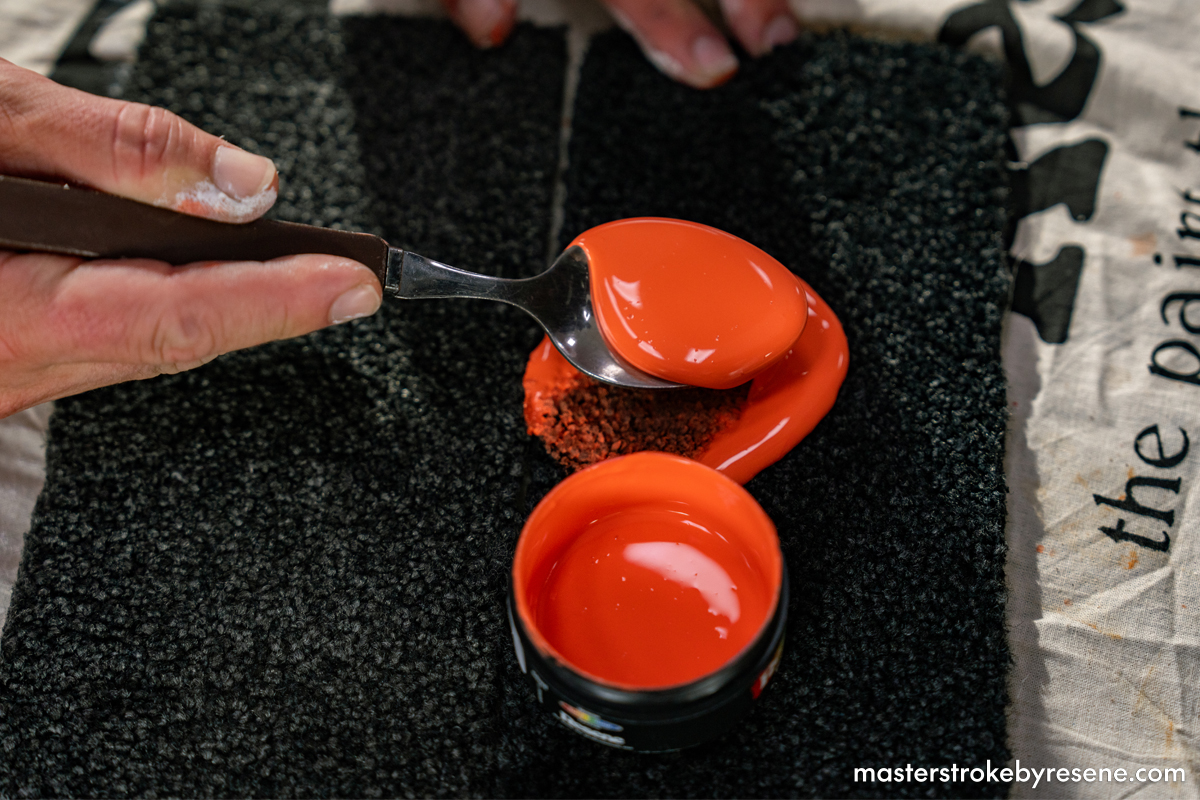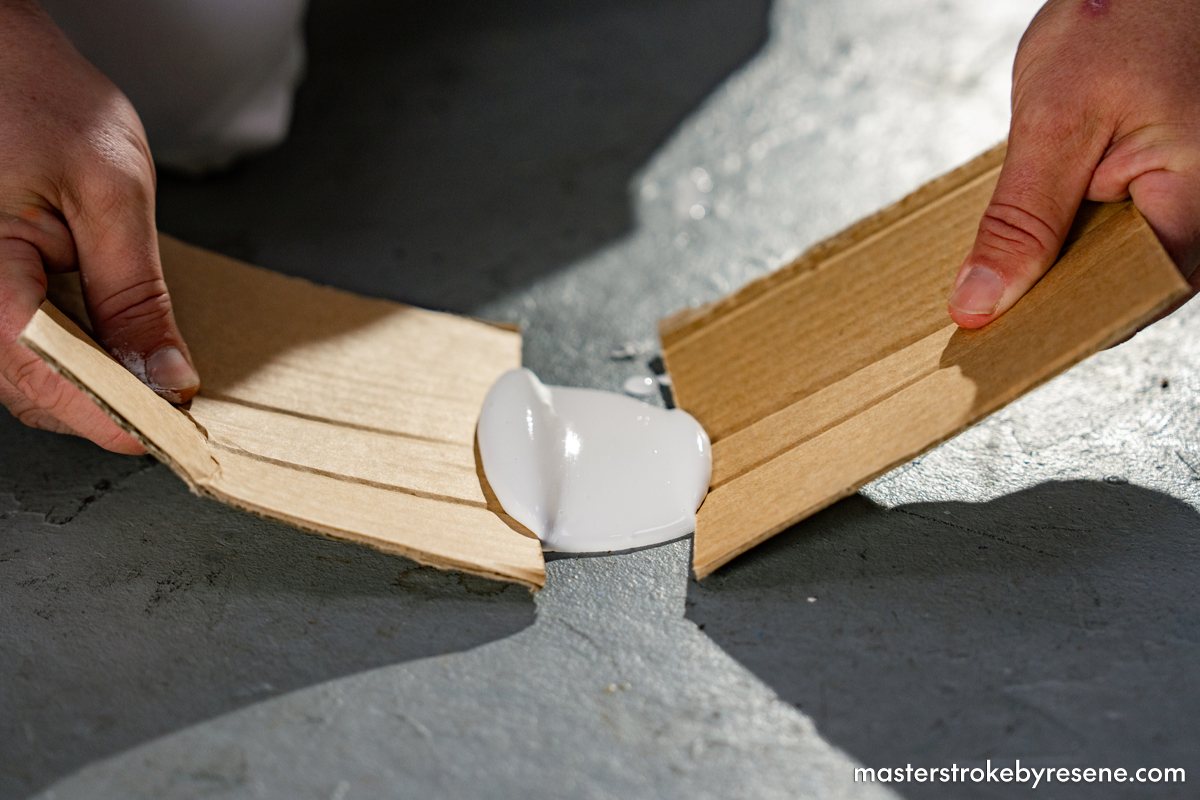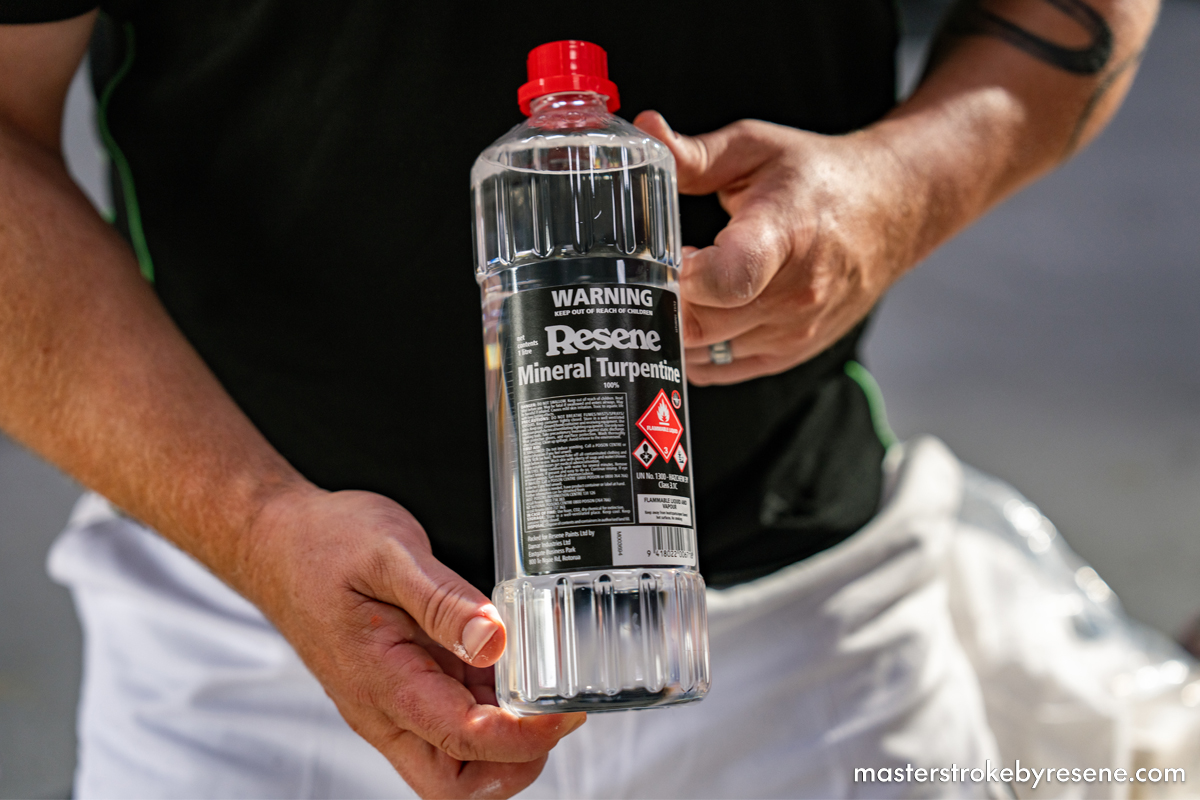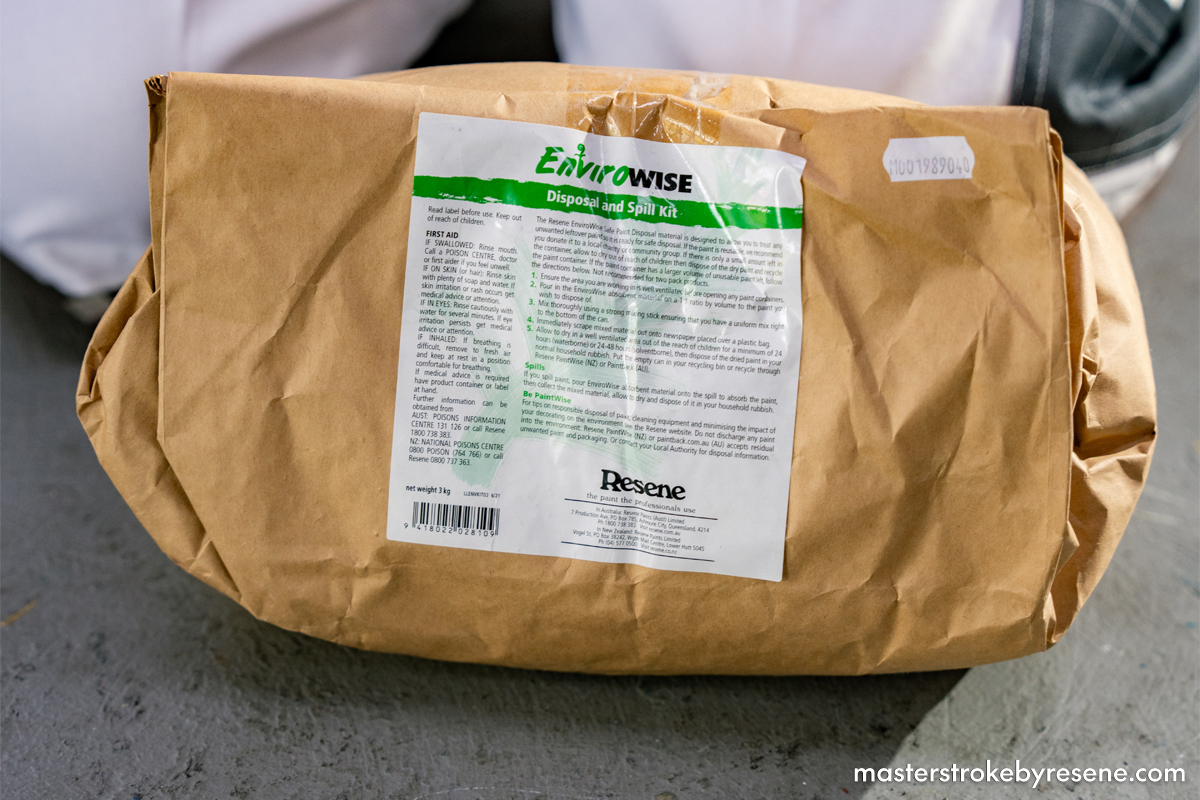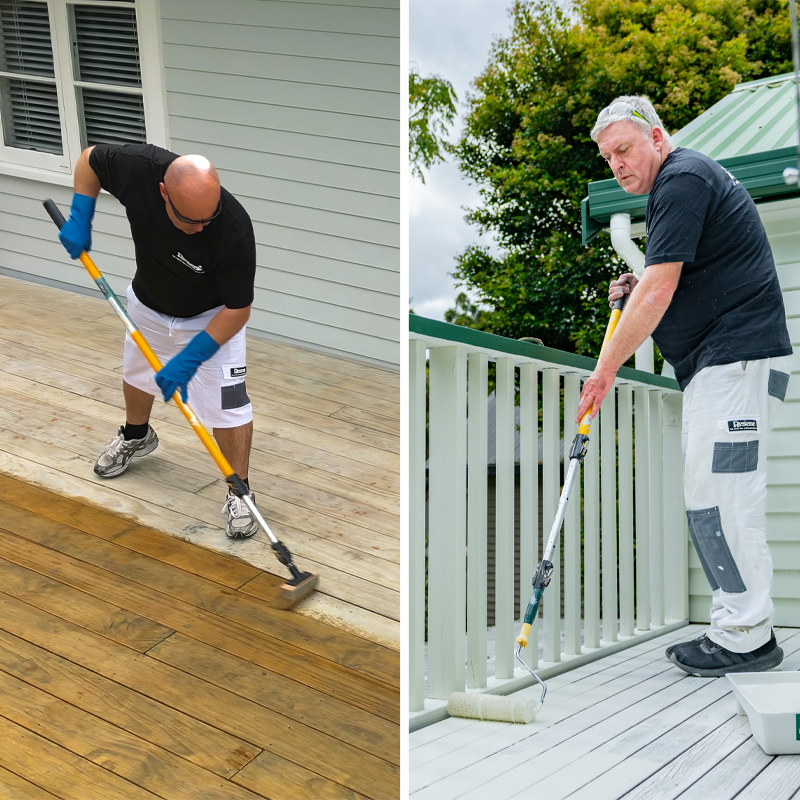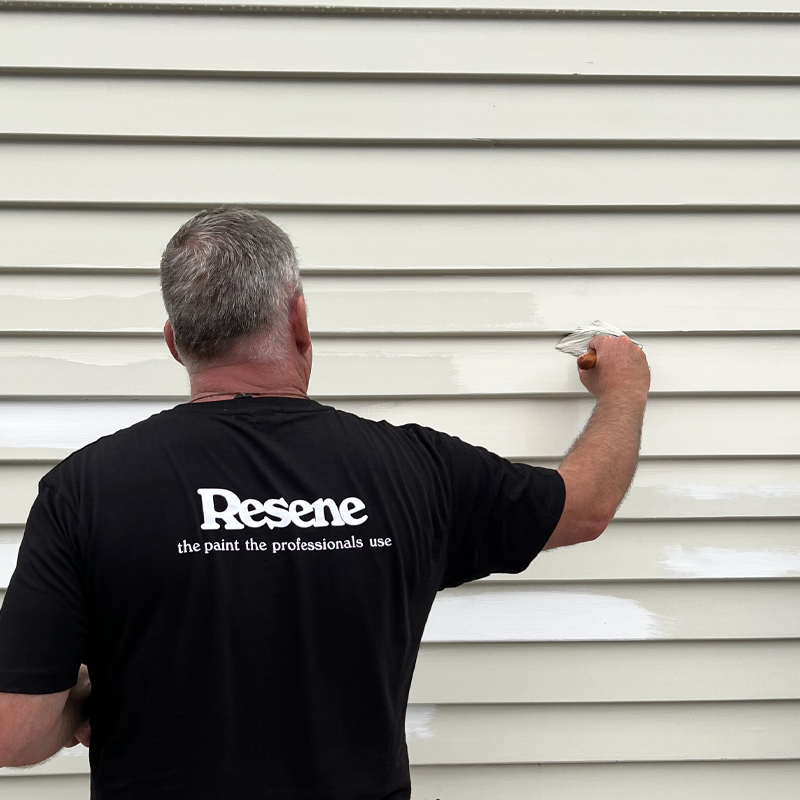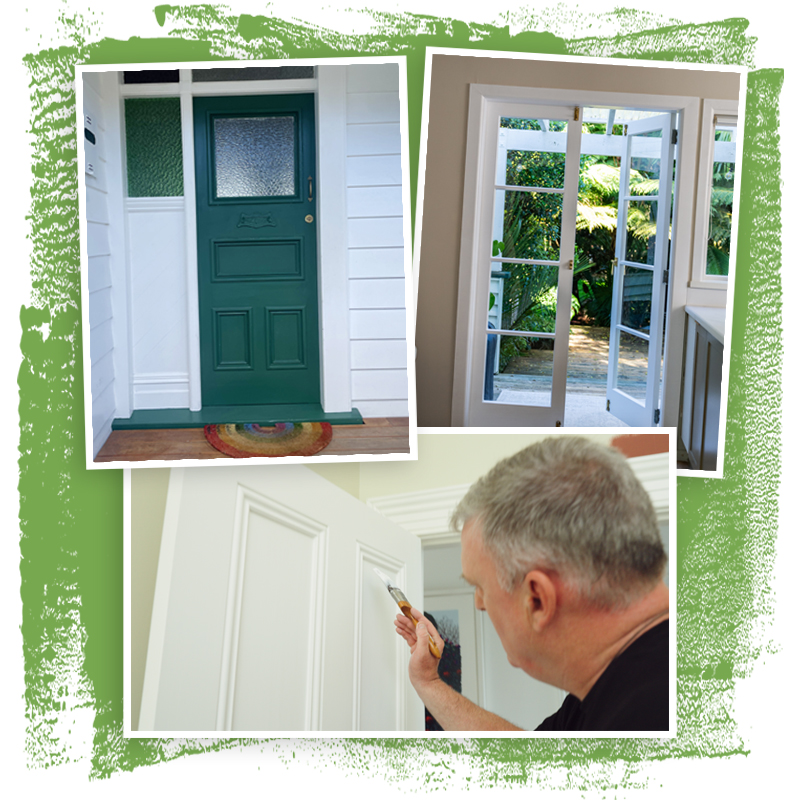Professional painters and even the most seasoned DIYers will have dealt with all manner of paint spills and splatters over the years. Although preferably avoided, these drips and drops are part of the gig and unfortunately have the potential to cause damage to whatever they land on, whether that be your carpets, car and floor. Resene Paint Expert Jay Sharples tells us how to deal with spills swiftly and successfully, and also provides handy tips to prevent spilling the paint in the first place.
Avoid at all costs
While it might seem obvious, Jay urges you to not spill paint in the first place as it can be tricky to clean up. When moving paint in the car, always take extreme care and place it in a very safe location – like the footwell or your car boot. The paint can shouldn’t be able to move around, otherwise it could be jolted and tip or spill. “A little bit of forward thinking can prevent a large bill from the car cleaners,” says Jay. Jamming something beside it should hold it in place, or the other alternative is to place it in a boot and again secure it either in a box (for cans) or with other heavy items to keep it in place.
In the bag
When you purchase paint from your local Resene ColorShop, the staff can always supply you with one of their handy black reusable carrier bags. If the worst does happen on your car journey, the split paint is trapped safely and securely inside the bag – not on your car.
Walk the walk
Whenever you’re carrying an open paint can or paint pot, especially inside, place something underneath it, like a piece of old cardboard. This will help to catch any drips or sloshing over the side that may occur while walking.

